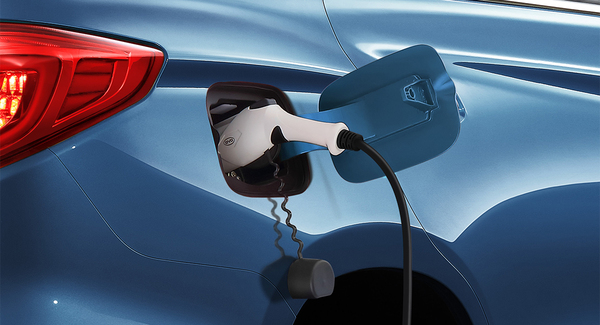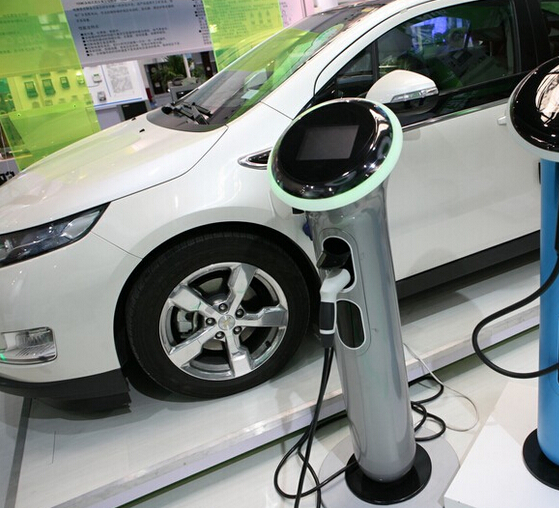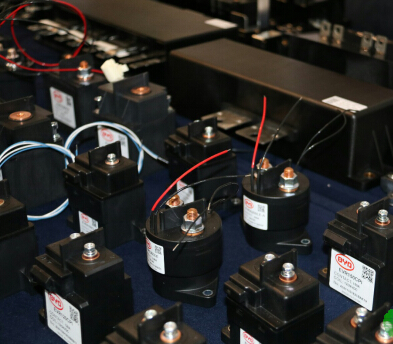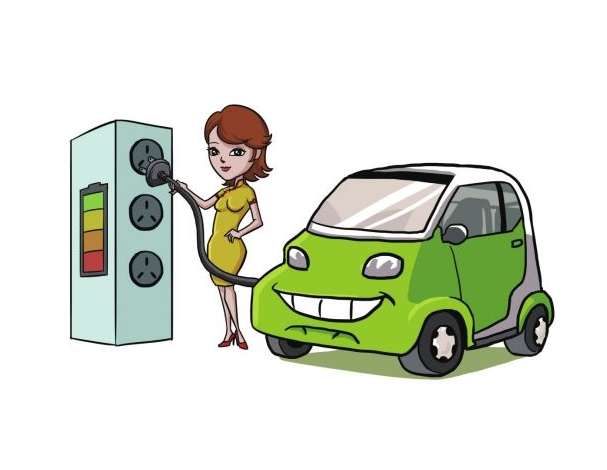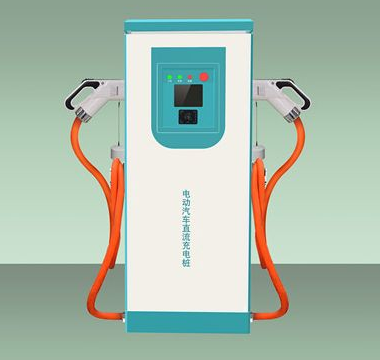At present, there are problems in the development of the charging infrastructure industry in terms of the utilization rate, standards, layout, support, interconnection, and policies of charging facilities.
In the next stage, in order to improve charging infrastructure and charging support capabilities, the National Energy Administration puts forward seven key tasks: First, improve the quality of charging facility products and operations. Third, charging facility power access protection. Fourth, the charging information is interconnected. Fifth, the standard system construction project. Sixth, innovative business models. Seventh, policy safeguards.
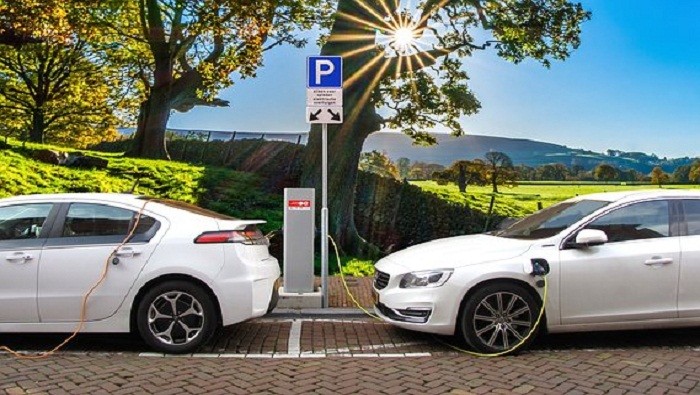
As we all know, new energy vehicles are a hot topic. Charging infrastructure, as a very important infrastructure for the development of electric vehicles, has also achieved great results in our country in recent years. To give you an overall data, that is, our country’s infrastructure and electric vehicles have more than half of the world’s total. This is certainly more familiar to me. With respect to charging piles, the first one is the construction of residents' charging piles. After several years of construction, the problem of residents' charging piles has been alleviated. The construction of public charging piles has grown steadily and the regional structure has been further optimized.
Mainly speaking about the development of charging infrastructure industry is facing problems. About divided into these eight aspects:
1. Utilization rate. We have done a statistic. In particular, the utilization rate of public charging infrastructure is relatively low, it should be said that it is 12%. Here I would like to discuss with you a question that is about the definition of charging infrastructure utilization, from the perspective of the energy industry, the utility of public charging piles There is an algorithm that is based on the rated power for one year, working conditions, equivalent utilization hours, and finally draws more than ten percent. In fact, we still need to think further about the positioning of public charging infrastructure. Therefore, we are also studying. On the one hand, while improving the utilization rate, the other is a reasonable definition. This is also a problem that needs to be studied and discussed.
2. standard. Although the standardization system of the charging infrastructure is still doing a lot of work in terms of standards, as an emerging industry, emerging industries, and technology are changing with each passing day, the standard system is still not sound enough, especially as new technologies emerge and new models emerge. With the continuous emergence, the establishment of the standard system takes a long time, so there are also some unsupported situations.
3. layout. In some places, the electric infrastructure was lined up, and some places were not used from the time they were built until the end of their end of life, reflecting the problem of a layout.
4. Supporting. Supporting services, among which we mainly refer to the fact that in the process of charging pile construction, with the various departments of the government and local governments, and then with our power companies, in these aspects, in the process of dealing with them, there are also some aspects of improving the system. Need to improve the problem.
5. interconnection. This is a wide range of high-level interconnection and interoperability. Now, there are many operators. Everyone has a variety of APPs for mobile phones. However, the user's charging experience is still not good. The level of data interconnection between operators needs to be improved. war.
6. Participation. Charging infrastructure In the overall industrial chain, I personally think that the charging infrastructure is in a weak position in this industry chain. Why do we say that in this regard, we have a relatively low participation in the work of the auto companies involved in infrastructure. In addition, some of the technical problems of battery charging and upgrading are difficult to coordinate.
7. technology. The technology is now updating quickly, and there will be some new large-scale high-power charging in the future. The introduction of these technologies requires that the charging infrastructure industry be tracked in a timely manner.
8. policy. Although a lot of protection policies have been introduced, there are still some lags on the whole, which cannot keep up with the development of market conditions.
In response to these problems, as the National Energy Administration, it has been paying close attention to the development of the charging infrastructure industry. Since 2005, the "Guiding Opinions on Electric Vehicle Charging Infrastructure" has been issued. Based on this guidance, residential charging posts have been issued. Infrastructure construction, as well as a series of policies for parking lots and building units within the unit, as well as a number of policies and measures for charging power prices, as well as some incentives for charging infrastructure and strengthening the development of new energy vehicles. The purpose is to accelerate the development of electric vehicle infrastructure and meet the needs of the development of the automotive industry in the new era.
In response to several issues just mentioned, implementing the spirit of the Nineteenth Party Congress, Xi Jinping’s socialist ideology with Chinese characteristics in the new era as a guide, and conscientiously implementing the Party Central Committee and the State Council’s decision-making and deployment on the innovative development of new energy vehicles, proposed the next phase of upgrading and charging. Infrastructure charging support measures. It is planned to introduce a series of policy measures in the near future, a set of packages and a package plan to increase the overall level of the industry as a whole.
The overall goal is to significantly increase the level of charging technology and charging facilities, improve the standard system, optimize the layout of charging facilities, significantly increase the capacity for charging interconnection, improve charging service levels, and significantly optimize industrial development and industrial structure. This overall goal is in fact based on the several aspects of the problems we have just raised for everyone and put forward the overall goals.
Basic principles: First, speed up the upgrading of charging technology; Second, rational distribution, optimization of charging facilities network; Third, actively promote the improvement of the level of interconnection; Fourth, co-ordinate the promotion, increase policy support; Fifth, innovation standards system, provide technical support The sixth is to strengthen self-discipline in the industry.
















 RCCN WeChat QrCode
RCCN WeChat QrCode Mobile WebSite
Mobile WebSite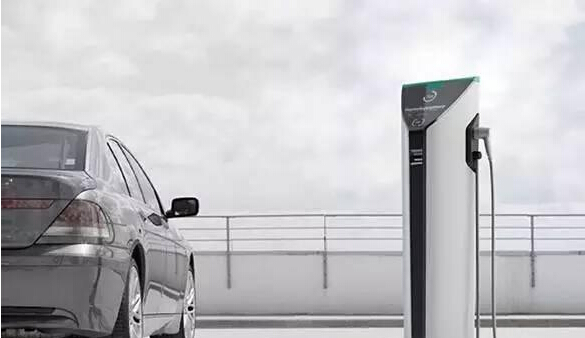
![[Charge pile principle] electric vehicle charging pile principle Secret](/upload/image/20170504/20170504090205_67304.jpg)
